Apple today provided developers with the second beta of iOS 26.2, which adds a few new features worth knowing about.

Measure App
Apple's Measure app now features a Liquid Glass design for the level, with two Liquid Glass bubbles instead of white circles.

Games App
There's now an option to sort games in the Games app Library by size, in addition to Name and Recent.

CarPlay
The CarPlay app supports disabling pinned messages in the Messages app.
Menu Animations
For pop-out menus that expand from a corner button, there's a quicker, bouncier animation that looks like the animation that Apple showed off at WWDC.
The Liquid Glass animation in iOS 26.2 beta 2 is amazing, feels like what was shown off at WWDC pic.twitter.com/J6YruZz4cR — Aaron (@aaronp613) November 12, 2025
Alerts
Apple now provides more information on the Enhanced Safety Alerts added in the first beta.
Enhanced Safety Alerts can provide you safety alerts on your iPhone and Watch to notify you of an emergency event, such as an earthquake or flood. These alerts are sent over available connectivity, such as Wi-Fi or Bluetooth, and, when available, mobile data. Apple can deliver Enhanced Safety Alerts to your current region, which is determined using your device location. A region may be a country, or for some countries (such as the US), a region may be a group of states. Your Apple device can be associated with this region. Apple does not store information about your device location in a region.
Enhanced Safety Alerts are turned on by default. You can disable or re-enable Enhanced Safety Alerts by going to Settings > Notifications > Enhanced Alerts > Enhanced Safety Alerts, then tapping to turn one or more types of Enhanced Safety Alerts on or off. Enhanced Safety Alerts are delivered by Apple and will appear and sound different to a Government Alert sent by your local government.
Improve Alert Delivery uses your approximate location to improve the timeliness and reliability of Enhanced Safety Alerts. For example, Earthquake Alerts might be delivered quicker and more reliably when Improve Alert Delivery is turned on. Apple does not store your approximate location. You can enable Improve Alert Delivery in Settings > Notifications > Enhanced Alerts > Enhanced Safety Alerts > Improve Alert Delivery.
To receive Enhanced Alerts, you must have enabled Settings > Privacy & Security > Location Services > System Services > Alerts & Shortcuts Automation.
Other Features
There are several other new features coming in iOS 26.2, such as a Liquid Glass slider for the Lock Screen and Live Translation support for the AirPods in the European Union. More information can be found in our iOS 26.2 beta 1 guide.
Download iOS 26.2
iOS 26.2 beta 2 is available for developers right now, but a public beta is likely coming later this week. You can sign up for public beta testing by visiting Apple's beta website.
Compatibility
iOS 26.2 is available on all iPhones that support iOS 26.
Release Date
We're expecting Apple to release iOS 26.2 in December, sometime between December 9 and December 16.




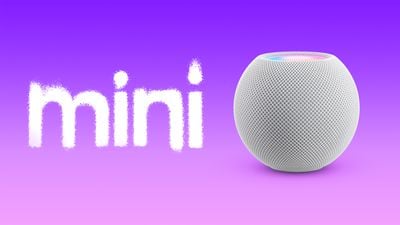













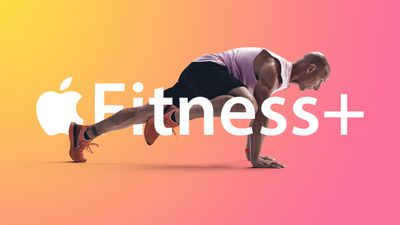


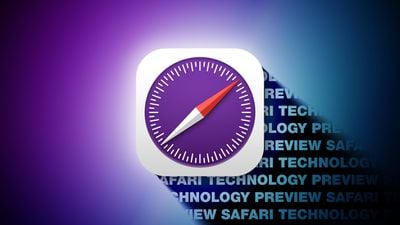

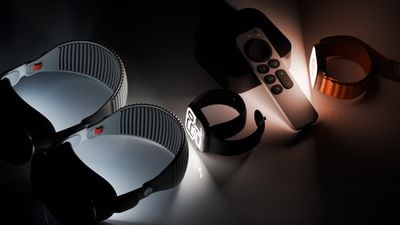





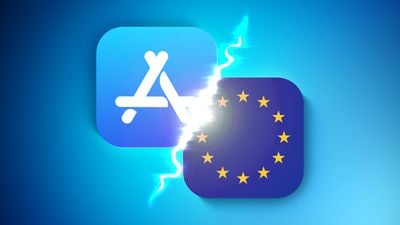


 Note: MacRumors is an affiliate partner with OWC. When you click a link and make a purchase, we may receive a small payment, which helps us keep the site running.
Note: MacRumors is an affiliate partner with OWC. When you click a link and make a purchase, we may receive a small payment, which helps us keep the site running.













